Administrative Letter Template for Professional Communication
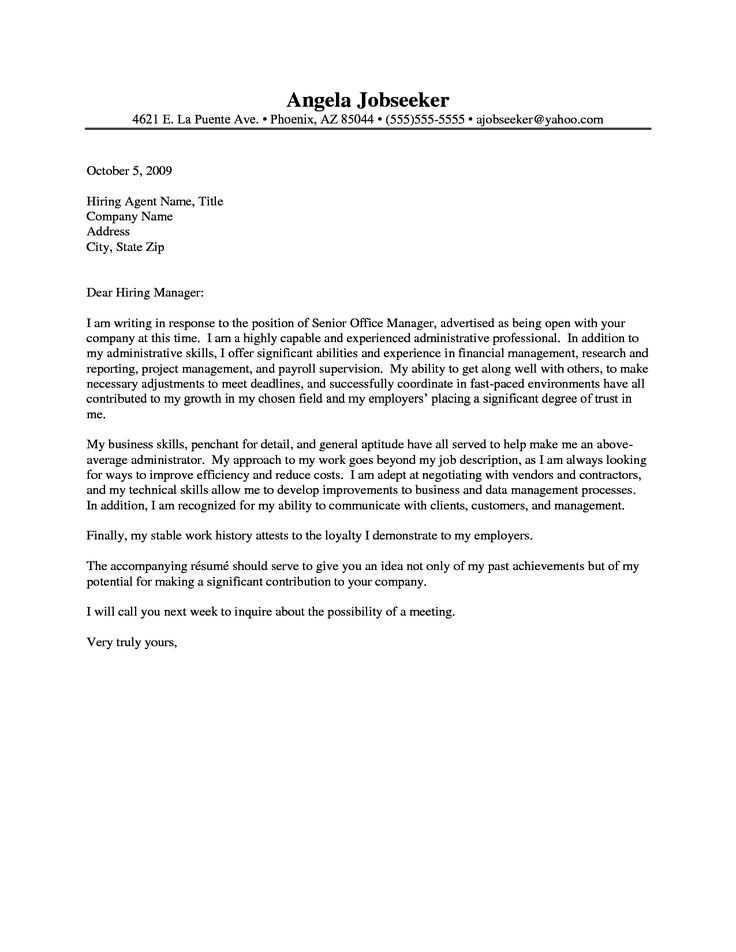
In the business world, formal communication plays a crucial role in maintaining clarity and professionalism. Whether it’s for internal correspondence or external dealings, crafting a well-structured message ensures your points are communicated effectively. This type of communication often requires a clear structure, specific language, and an appropriate tone to address various situations accurately.
Properly designed written formats allow the sender to present important information while maintaining a professional image. These documents can be used for numerous purposes, such as requesting actions, conveying important updates, or confirming decisions. A well-written format also provides a clear reference for recipients, ensuring they understand the message’s intent without ambiguity.
Mastering the art of formal writing is essential for anyone looking to succeed in professional settings. With the right structure and approach, you can ensure that your message is both impactful and respectful. This guide will walk you through the key elements of crafting an effective business communication document for a wide range of situations.
Understanding the Purpose of Formal Correspondence
In any professional environment, written communication serves as an essential tool for conveying messages with precision and authority. These communications are designed to facilitate clear exchanges between individuals, departments, or organizations. They provide a structured way to share important information, ensure clarity, and maintain a formal tone in business interactions.
The main goal of these documents is to:
- Present factual and objective information
- Request action or response from the recipient
- Maintain professionalism and respect in communication
- Provide documentation or evidence of an agreement or understanding
Whether you are confirming a meeting, making a formal request, or addressing a concern, the purpose remains the same: to communicate clearly, respectfully, and efficiently. The structured nature of these written formats ensures that the message is received with the intended level of seriousness and professionalism.
By understanding the core purpose, individuals can tailor their messages to meet specific needs and expectations in a professional context.
Key Components of an Effective Format
For any formal written communication, the structure plays a critical role in ensuring that the message is clear, professional, and easy to understand. Each document should be organized in a way that allows the reader to quickly grasp the purpose and respond appropriately. A well-designed format includes several key elements that help maintain clarity and precision in conveying information.
Essential elements of an effective document structure include:
- Heading or Subject: A clear, concise statement of the purpose of the communication.
- Introduction: A brief statement that introduces the purpose and context of the message.
- Main Body: The section where the core information, request, or explanation is provided in a logical and organized manner.
- Conclusion: A closing remark that often includes a call to action, confirmation, or next steps.
- Signature: The sender’s details, which provide a formal conclusion to the document.
Each of these components must be carefully crafted to ensure the communication achieves its intended effect. By maintaining a consistent structure, you improve the clarity and professionalism of your message, allowing the recipient to easily follow and respond as needed.
How to Format Your Formal Communication
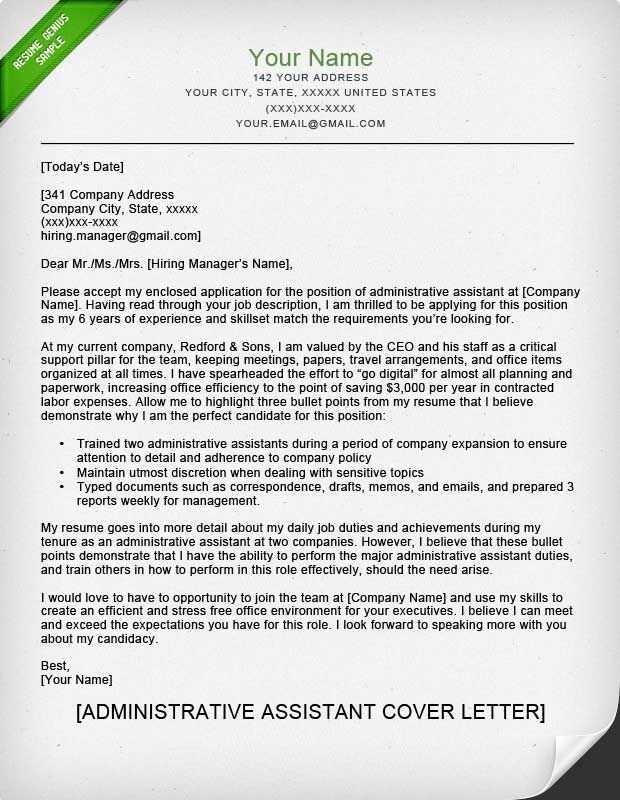
When creating a professional document, the proper format ensures that the message is clear, well-structured, and easy to follow. Formatting involves using specific elements and a logical structure that helps organize the information. A consistent approach enhances readability and ensures that the reader can quickly grasp the purpose of the communication.
Basic Structure of a Formal Communication
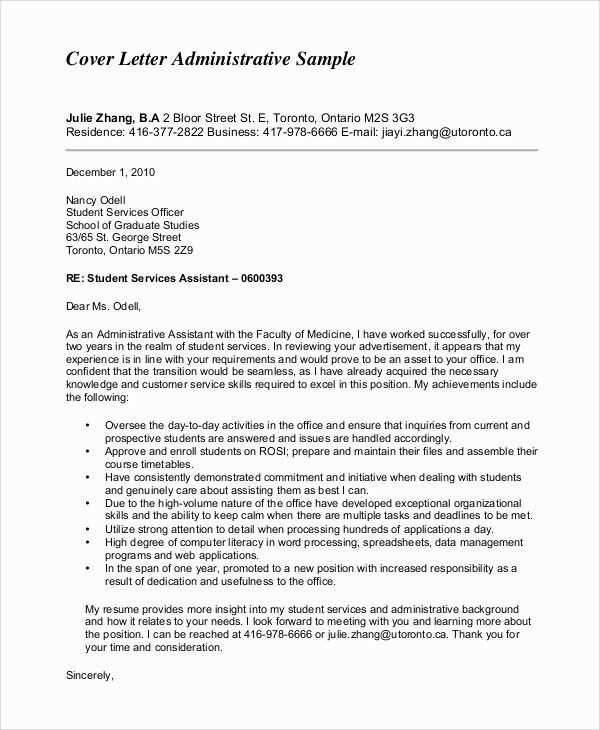
A well-organized document should follow a sequence that aligns with its purpose. Below is a breakdown of the key sections that should be included:
| Section | Details |
|---|---|
| Heading | Include the subject or title of the document, clearly stating the topic. |
| Salutation | Start with a formal greeting, addressing the recipient appropriately. |
| Body | Provide the necessary details in a clear, organized manner with relevant information. |
| Closing | End with a formal closing, often including a call to action or a request for a response. |
| Signature | Include the sender’s name, title, and contact information. |
Formatting Tips for Clarity
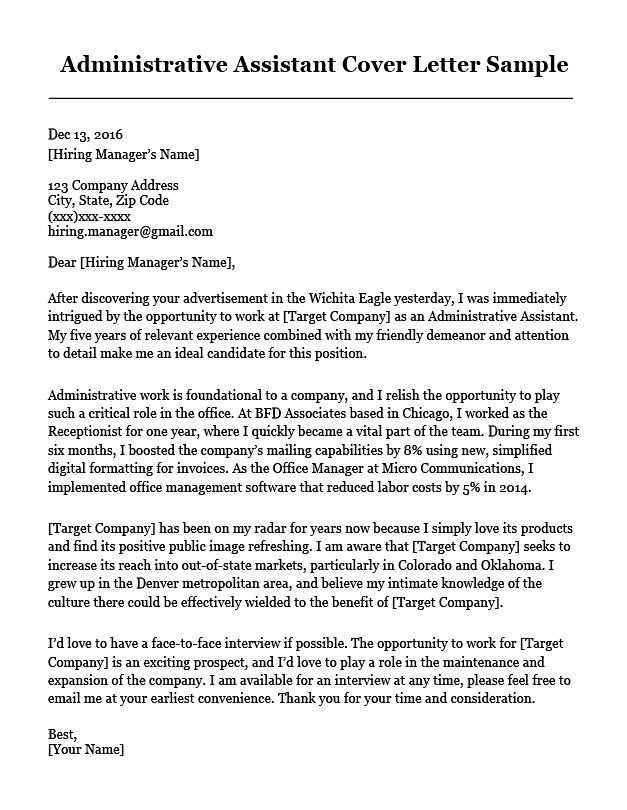
In addition to the basic structure, consider these formatting tips to further enhance clarity:
- Use formal language and avoid jargon or overly casual terms.
- Ensure proper paragraph spacing to improve readability.
- Use bullet points or numbered lists for key information to make it more digestible.
- Be concise but informative–avoid unnecessary details that could distract from the main message.
By following these guidelines, you can ensure that your formal communication is presented in a professional and organized manner, improving the chances of a positive response from the recipient.
Common Mistakes to Avoid in Written Communications
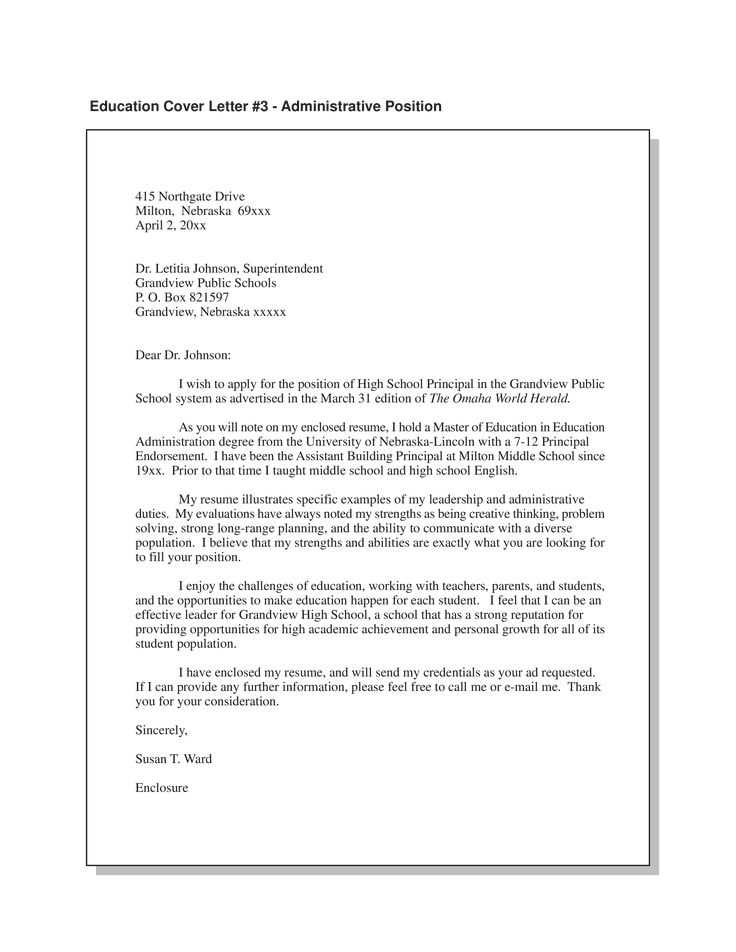
Even with a clear structure and professional tone, there are several common errors that can undermine the effectiveness of formal written messages. These mistakes often result in miscommunication, confusion, or an unprofessional impression. It’s essential to be aware of these pitfalls and take steps to avoid them in order to maintain the clarity and professionalism of your message.
Some of the most frequent mistakes include:
- Unclear Purpose: Not clearly stating the purpose at the beginning can leave the recipient unsure of the document’s intent.
- Excessive Length: Overly long messages with irrelevant information can overwhelm the reader and distract from the main point.
- Inconsistent Tone: Switching between formal and casual language can confuse the recipient and damage the professionalism of the communication.
- Spelling and Grammar Errors: Simple mistakes like misspellings or incorrect grammar can detract from your message’s credibility and professionalism.
- Failure to Proofread: Not reviewing the content before sending can result in overlooked mistakes that reduce the impact of the message.
By recognizing and avoiding these mistakes, you can enhance the effectiveness of your written communications and ensure that your message is received as intended.
When to Use Formal Written Communication
Formal written communication is an essential tool for maintaining professionalism and clarity in various situations. It is often used in scenarios where a clear, official record is required, or when a matter needs to be communicated in a respectful and structured manner. Knowing when to use such a format ensures that the communication serves its intended purpose and is effective in achieving the desired outcome.
Consider using this approach in the following cases:
- Requesting Information: When you need specific details or action from an individual or organization.
- Confirming Agreements: When formalizing agreements or understanding between parties to ensure clear expectations.
- Notifying Changes: When informing stakeholders about updates, policy changes, or modifications to previous plans.
- Addressing Issues: When addressing concerns or complaints in a structured and respectful manner.
- Providing Instructions: When offering specific guidance or instructions that require careful attention and acknowledgment.
Using formal communication in these contexts helps ensure that your message is received clearly, and that all parties involved are on the same page, which is crucial for professional relationships and outcomes.
Tips for Crafting Professional Written Communications
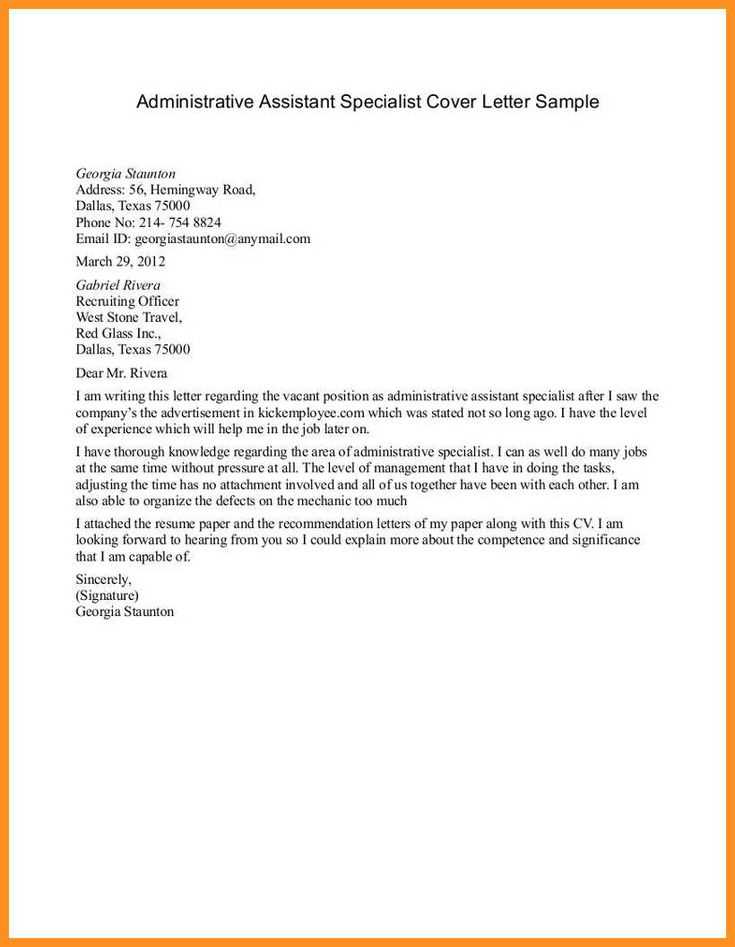
Creating effective and professional written documents requires attention to detail and careful consideration of both structure and tone. A well-crafted document not only conveys the intended message clearly but also maintains a level of professionalism that fosters positive interactions. Whether you’re writing to clients, colleagues, or other stakeholders, these tips will help ensure your communication is polished and effective.
Consider the following tips when preparing your communication:
- Be Clear and Concise: Avoid unnecessary complexity. Stick to the main point and ensure that each sentence serves a purpose.
- Maintain a Professional Tone: Keep the language formal and respectful. Even if the subject matter is sensitive, ensure that the tone remains neutral and courteous.
- Proofread for Accuracy: Always check for grammatical errors, spelling mistakes, and punctuation. A clean document reflects your attention to detail.
- Use Proper Structure: Organize your content logically, starting with an introduction, followed by the main points, and concluding with a clear call to action or closing statement.
- Address the Recipient Appropriately: Ensure that the greeting is formal and respectful. Use the recipient’s correct title and name.
Effective written communication is a key skill in any professional setting. By following these tips, you can ensure that your documents are both clear and impactful, helping to maintain your professionalism and build strong relationships with your audience.